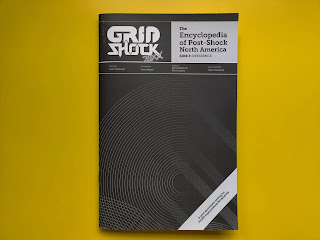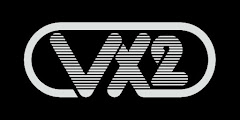 |
| Now the lines are converging to the point of no return. |
VX2, the publishing imprint my brother Chris and I operate, has launched our second Kickstarter campaign: Terminal State.
Terminal State is a cyberpunk roleplaying game that uses Free League Publishing's Year Zero Engine, popularized by games like Mutant: Year Zero, Forbidden Lands, and Tales From the Loop, as well as licensed RPGs like Blade Runner, Alien, and The Walking Dead. With detailed rules for hacking, cybernetic and biomorphic augments, and highly customizable weapons, vehicles, and drones, it adds a lot of new parts to the YZE rules engine. It also presents its own setting: a unique, vivid, and violent vision of cyberpunk.
Terminal State aims to put a more modern spin on the cyberpunk genre, one rooted in the present rather than the 1980s. Its characters are permanently online, connected to and surrounded by augmented reality. New forms of humankind live among their creators -- and suffer alongside them. Hyper-corporations supersede states and governments, and seek to surveil and control all aspects of life. Unless you stop them.
"Maybe you'll change the fate of humanity. Or maybe you'll just blow shit up."
If you're intrigued, please check out the Kickstarter campaign. There's even a free QuickStart you can download to test drive it, if you like (also linked on the Kickstarter).
Thanks.
(VX2's previous Kickstarter campaign was GRIDSHOCK 20XX, which I created and wrote. This time, Chris is in the creator's chair; I'm pretty much just an editor and advisor. The writing, rules, and graphic design are all Chris. He's been writing, playtesting, and refining Terminal State for years. I honestly think it's an impressive work, and I would love to see the campaign succeed.)









